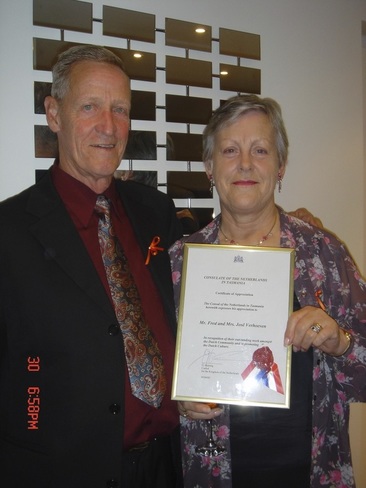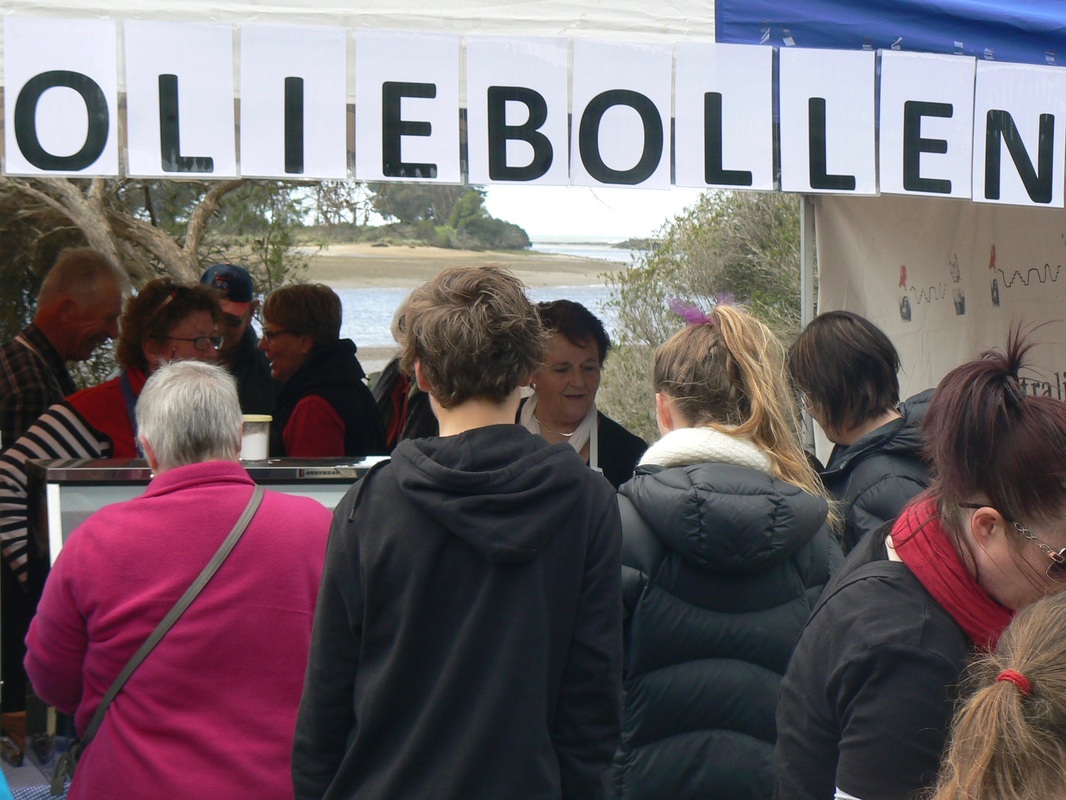By Kees Wierenga
The Dutch Australian Society “Abel Tasman” Inc existed from 1969 till approx 2010.
The Dutch Australian Society “Abel Tasman” Inc began in 1969.There was a Dutch Australian Society in the 1950s, but it faded away after approx. five years due to lack of interest. Beginning in 1952, it produced a monthly newsletter, “Mededelingen Ned. Vereniging “Abel Tasman”. The purpose was to assist new migrants, both in mutual encouragement, and in sharing knowledge of the new country. Social events were organised, births and arrivals and addresses were published. Articles concerning regulations about bringing money from the Netherlands, or how to make a legal will, or how the naturalisation process worked, etc, filled the pages. Many articles were in English, but not enough, according to ASIO, which sent agents to discuss this matter with the editor, (Henk Sikkema).
In the thirty fifth edition it was noted that “this would be the last. This was not bad news, but:-
1. It seems that people feel at home in Tasmania
2. It seems that people can read in English everything they wish to read
3. that Netherlands migrant A lives some distance from Netherlands migrant B and C and D – that he finds his own way, alone in this land which must become his fatherland.
In other words, it seems that the Netherlands migrant in Tasmania is busy succeeding [becoming Tasmanian]
It is, in our opinion, too much to ask to ask the last 25 subscribers to carry on, so thank you to all for the support we have had over the years. It has been a pleasure working for you, and may it go well with you.”
Copies of most editions of this newsletter are held in the National Library in Canberra. (Not the National Archives)
Fifteen years later, new life was blown into the ashes, and everything was in English. An increasing emphasis by the government on ‘multi-culture society’ and the fact that most migrants now had their feet firmly established in Tasmanian soil were two drivers of this movement. Some of the achievements of this Society are displayed below. Member events were also held. Some of the records of this Society are held in the Tasmanian State Archives. Membership has waxed (well over 200 members) and waned (less than 50 members) over the years, but now seems to be in terminal decline because aging members are not being replaced with younger members.
The newsletter of the re-constituted club, and the 40th birthday cake, are shown below.

 |

The Royal birthday, long known as Koninginnedag (Queen’s Day) and now known as Koningdag (King’s Day) was celebrated on 30 April. The Dutch Australian Society celebrated the birthday every year.
The festivities were also the occasion to honour members of the Dutch migrant community for significant contributions to the well being of the community.


The Dutch Australian Society (DAS) had a mock street facade built,
and used this at various community events for fundraising.
The facade was designed to work as a fund-raising and promotion stall at community events. There were seven panels in all, each panel measured 5m x 2m. Provision for serving benches was incorporated. Steel braces, made from 75mm RHS, 6m long, made the structure strong enough to withstand the strongest winds. Unfortunately, the same braces, and cross braces, prevented the vinyl roof/back wall panels from forming a continuous shield against the rain.The facade needed a long truck to be transported. It also need 35 man hours of labour to unpack from storage, erect on site, dismantle and pack away in storage after each event. A minimum of 5 people were needed, at least one of whom needed to have building experience. Despite the weight and awkwardness of handling the panels, no accidents were ever recorded.
The facade was often used in the Royal Botanical Garden in Hobart for the Tulip Festival. It was used once on the north-west coast of Tasmania,, also in New Norfolk and Triabunna.. In 2006 it was to be used for the arrival of the Duyfken, but new safety rules insisted on expensive engineering certification, despite more than 25 years of practical use. This ruling from the authorities, and the slow decline in the pool of available labour and the increasing age of the crew, spelled the end. The facade had became a burden, it was no longer a practical asset for the DAS, and finding storage space for such a large object was increasingly difficult. The steel was eventually re-purposed.
The facade was replaced with a marquee, shown below in the Royal Tasmanian Botanical Gardens and in Wynyard (both for Tulip Festivals), but also used at other locations such as Moonah Taste of the World Festival, and for Society functions such as Sinterklaas and for member meetings.
The Dutch Australian Society, on behalf of all Dutch migrants to Tasmania, contributed to the International Wall of Friendship. Due to the dearth of natural stone in the Netherlands, bricks from the foundation of Abel Tasman’s house in his birthplace, Lutjegast, were mounted.







